In late April 2024, a young man from Zhongshan, Guangdong Province, China, was reportedly arrested for illegally flying a modified DJI drone dangerously close to a passenger plane. The incident occurred above the G94 highway, where the drone pilot brazenly ascended to an altitude of over 7,874 feet (2,400 meters) to capture footage of the passing aircraft.
Drone Pilot’s Irresponsible Actions
The offender, Li, had hacked his DJI Air 2S drone to bypass altitude restrictions and proudly shared the video online, boasting about his exploit. Concerned citizens quickly reported the incident to the Zhongshan Police, who swiftly apprehended the culprit. As Li had recently reached adulthood, he was subjected to a 5-day detention at the Zhongshan Detention Center on April 27, 2024.
Shockingly, the drone’s DJI Fly App displayed a red warning message stating “Manned aircraft too close,” which the perpetrator blatantly ignored while operating the modified drone.

Consequences and Legal Ramifications
According to the detention release certificate from the Zhongshan Detention Center, Li was charged with “illegally modifying computer information system data and applications,” referring to the hacking of his DJI drone. Surprisingly, he was not charged with “endangering public safety,” which is widely believed to be the appropriate offense for filming passenger planes. As a result, Li only received a 5-day detention as punishment.
Had Li been convicted of endangering public safety, the young adult might have faced more severe consequences, potentially missing out on his university Education and being burdened with a criminal record that could have relegated him to the lower echelons of society.
A Call for Stronger Drone Safety Measures
Just over a month prior to this incident, another alarming case of illegal drone activity was reported at Jieyang Chaoshan International Airport, where the airport’s airspace was maliciously invaded.
In light of the increasing prevalence of ADS-B In receivers on drones, which can accurately determine the distance between drones and manned aircraft, the author proposes that drone manufacturers take additional safety measures. Beyond issuing app warnings, it is suggested that drone firmware be updated to include a forced avoidance logic based on ADS-B broadcast data. This could involve safely reducing altitude, initiating a forced landing, or locking the drone to mitigate potential threats to passenger planes.

The reckless actions of the young drone pilot in Zhongshan serve as a stark reminder of the dangers posed by irresponsible drone usage. As drones become increasingly sophisticated and accessible, it is crucial for manufacturers and authorities to implement more stringent safety measures to prevent such incidents from occurring in the future. By working together to promote responsible drone operation and enforce appropriate consequences for offenders, we can ensure the safety of our skies and protect the lives of passengers and crew aboard commercial aircraft.
Discover more from DroneXL.co
Subscribe to get the latest posts to your email.

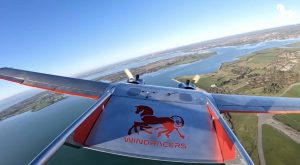
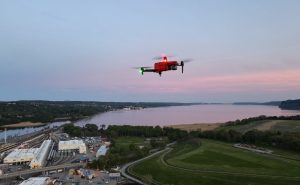
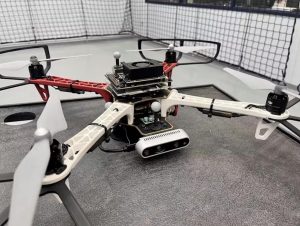

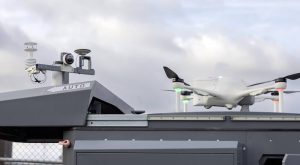



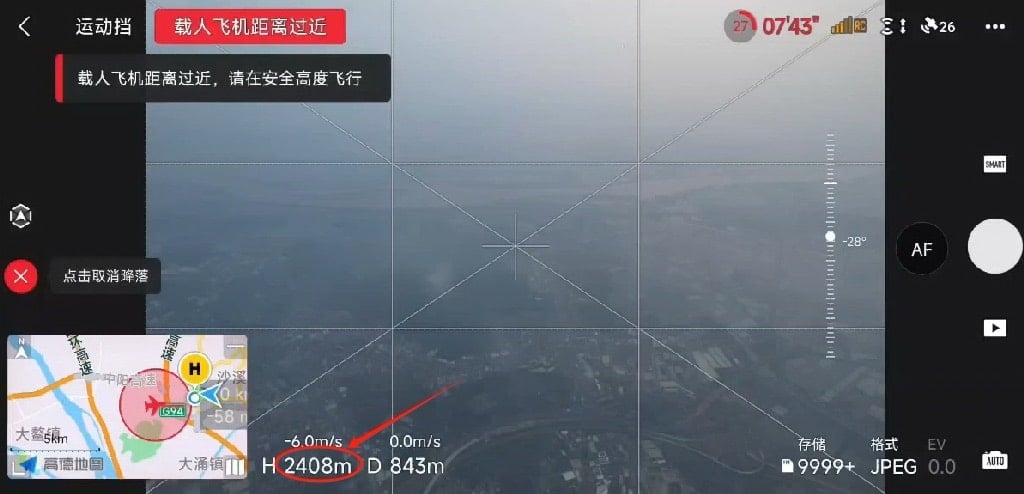

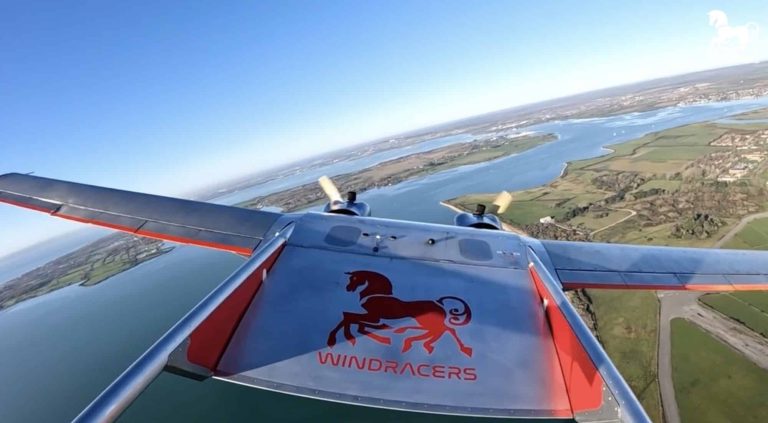

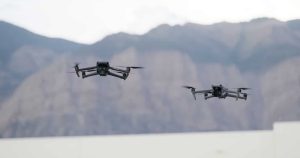
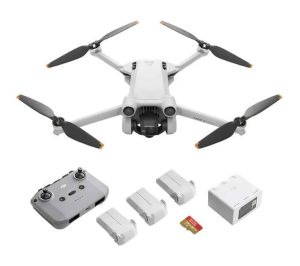
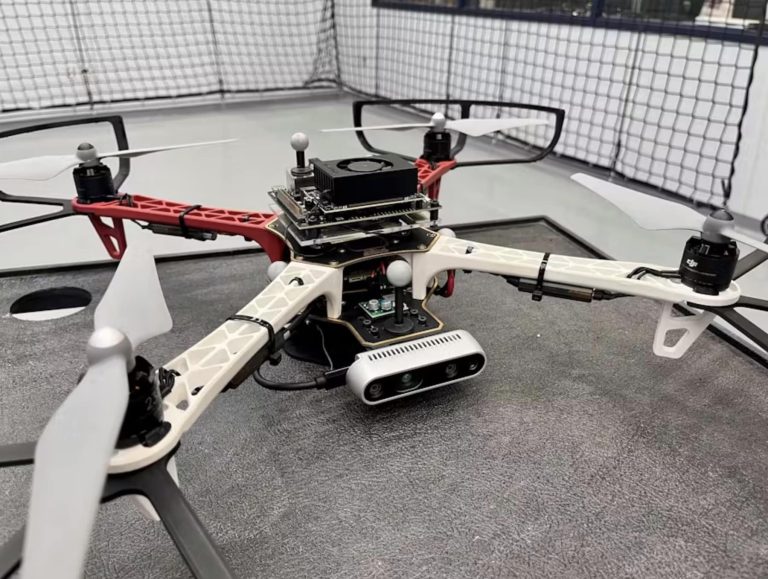

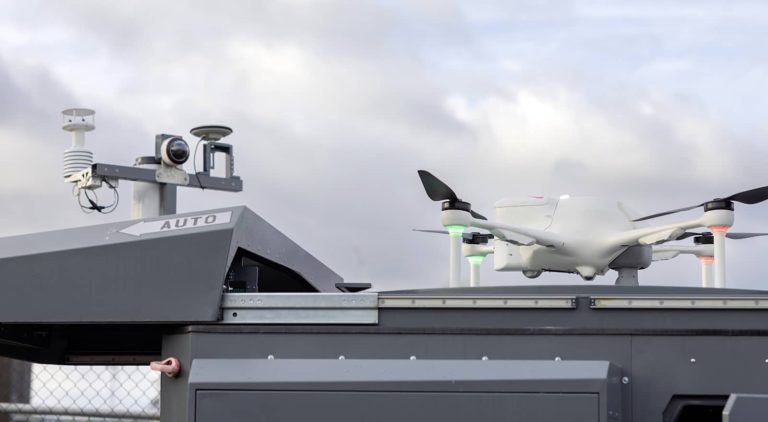


+ There are no comments
Add yours